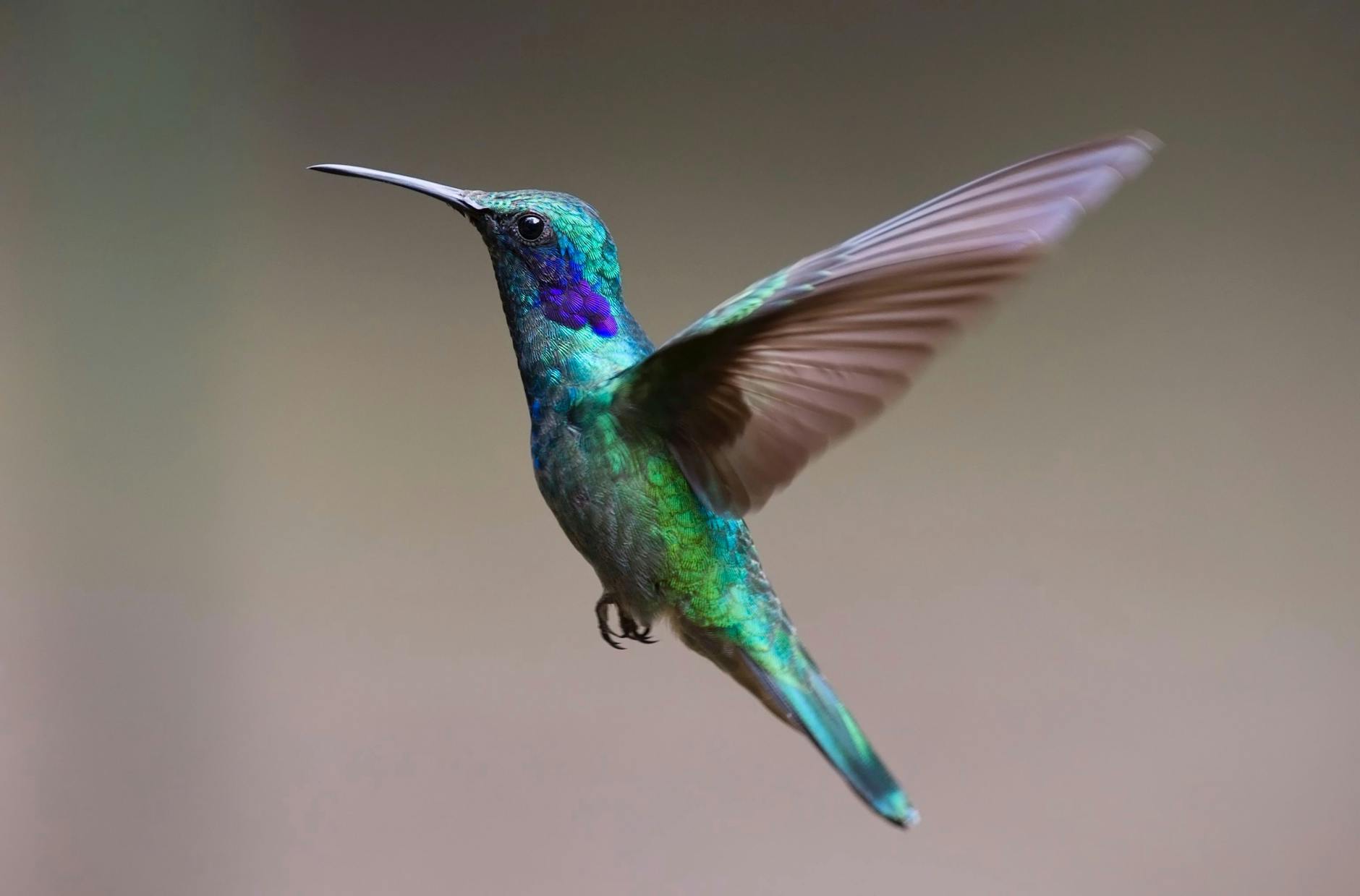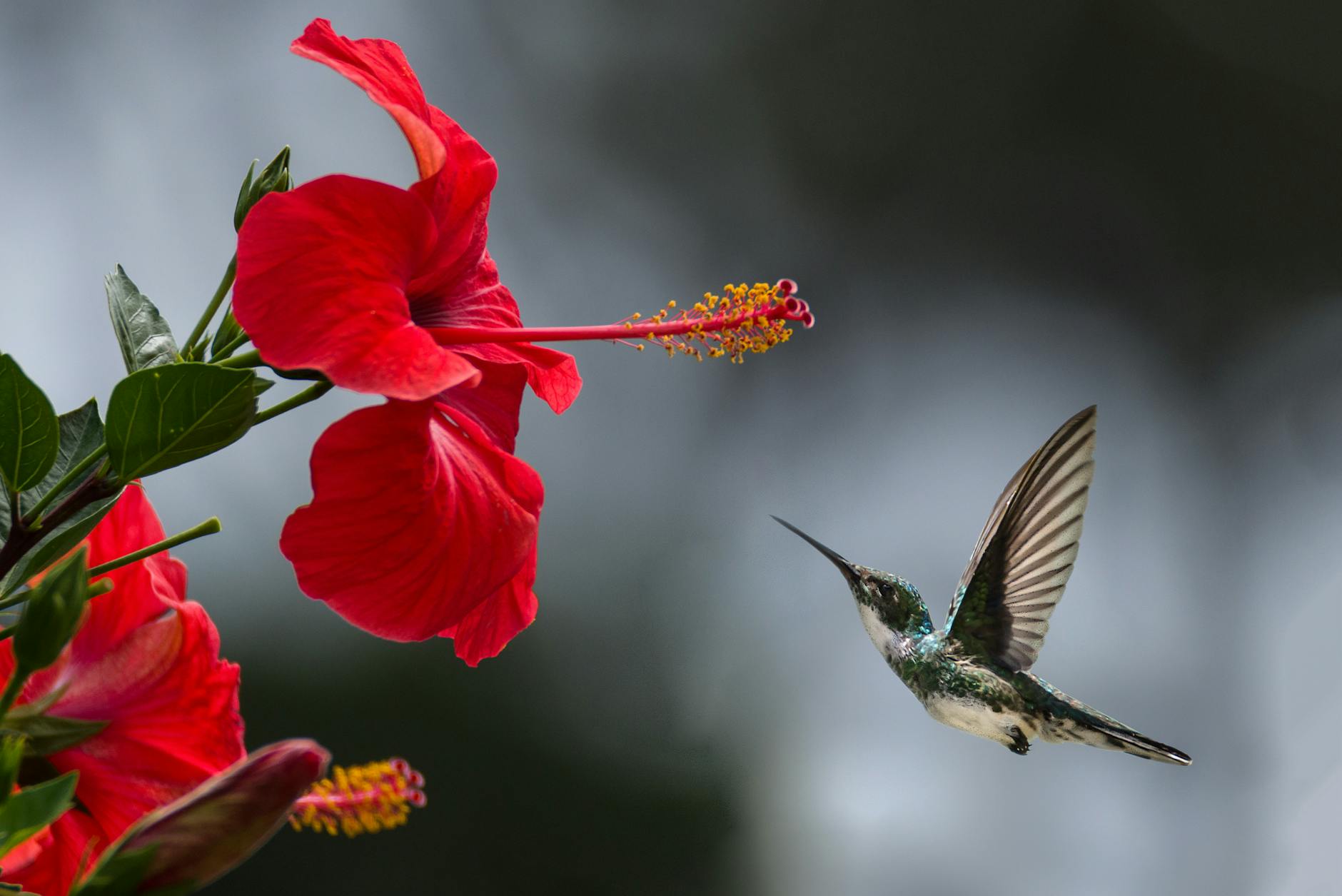
Why Do Some Hummingbirds Choose to Stay Instead of Migrate?
Most hummingbirds are known for their incredible migrations across vast distances. However, not all of them make the journey. Some species, like Anna’s Hummingbird, stay put year-round, thriving in areas with reliable food sources and mild climates. Others might skip or delay migration due to age, health, or lack of preparedness. Understanding why some hummingbirds don’t migrate offers fascinating insight into how these tiny birds adapt to their environments.
The Basics of Hummingbird Migration
When it comes to hummingbirds, migration is one of their most fascinating behaviours. These tiny birds embark on epic journeys, travelling every year between their breeding grounds and winter habitats. But why do they go to such lengths, and how do they find their way across such vast distances? Let’s explore these questions.
Why Hummingbirds Migrate
Hummingbirds migrate to meet their basic needs for survival and reproduction. While they aren’t running on calendars or travel apps, they rely on seasonal changes to guide them. The primary reasons for their migration include:
- Food availability: As nectar-producing flowers and insects disappear during colder months, hummingbirds need to move to regions where these resources are abundant. Without migration, finding enough food to sustain their lightning-fast metabolism would be impossible.
- Breeding opportunities: Warmer locations in the spring offer ideal conditions for nesting and raising chicks. Migrating north during this time provides hummingbirds access to thriving environments rich in food and appropriate for raising young.
- Seasonal changes: Weather plays an enormous role. As temperatures shift, hummingbirds instinctively move to avoid harsh winters and capitalise on milder climates.
Did you know that some species, like the Ruby-throated Hummingbird, can cover more than 500 miles across the Gulf of Mexico in one continuous flight? It’s a feat that reveals just how vital migration is for their survival. Learn more about these incredible journeys from this resource.
Common Migration Routes
Hummingbird migration routes are nothing short of breathtaking. These tiny travellers follow well-established paths, often returning to the same locations each year. Here are some of the most notable routes:
- North American routes: Many hummingbirds, such as the Ruby-throated species, travel between Central America or Mexico to the southeastern United States, often flying over the Gulf of Mexico.
- Pacific Flyway: Rufous Hummingbirds make a long journey along the Pacific Coast, stretching from Mexico to Alaska. They follow flowering plants that bloom at different elevations and temperatures.
- Mountain ranges: Some species rely on mountain passes and meadows, where flowers bloom in sequence as they travel.
The breathtaking distances these birds cover can range from hundreds to thousands of miles. Their ability to navigate these routes is fuelled by their remarkable memory and internal compasses. If you’re curious about more migration details, check out this comprehensive guide on migration patterns.

Photo by Pixabay
By understanding their routes and reasons for migration, we can better appreciate the strength and endurance of these seemingly delicate creatures. Each flight is a mix of instinct and survival, a journey that underscores their incredible adaptability.
Why Some Hummingbirds Stay Put
While many hummingbirds undertake long migratory journeys, some defy the norm and choose to stay in one place year-round. This decision, influenced by species, environment, and external factors, highlights the resilience and adaptability of these tiny creatures. Let’s explore the reasons behind this behaviour.
Resident Species: Anna’s Hummingbird

Photo by Philippe Donn
Anna’s Hummingbird is one of the best-known species that doesn’t migrate. Native to the Pacific Coast, this bird has adapted to thrive in its environment year-round. Even during colder months, you’re likely to spot these iridescent beauties flitting between flowers or visiting feeders. What makes Anna’s Hummingbird unique? Unlike other species that depend on seasonal blooms, Anna’s can find food sources even during winter. Mild coastal climates, coupled with their impressive ability to adapt to urban surroundings, ensure they rarely leave their home territory.
For more about this remarkable species, explore Anna’s Hummingbird Guide.
Impact of Climate and Habitat
Climate plays a pivotal role in migration patterns. Warmer temperatures in certain regions mean flowers bloom longer, reducing the need for migration. Urban areas often mimic these warmer conditions, offering a consistent habitat for non-migratory hummingbirds. Add in the availability of flowering plants and human-maintained gardens, and it’s no wonder some choose to stay put.
Climate change has also reshaped traditional migration behaviours. Rising temperatures have created year-round food availability in regions previously unsuitable during winter. However, these changes can disrupt natural cycles, causing some hummingbirds to skip migration altogether. Detailed research into climate’s influence is available here.
The Role of Age and Health
Age and health are significant factors that influence migration decisions. Older or injured hummingbirds may lack the strength to undertake the long and physically demanding journey. Similarly, younger and less experienced birds might delay or skip migration until they’re fully prepared. For some, staying put is the safest choice for survival. The strain of migration can be immense, particularly for those recovering from illness or injury. This decision isn’t just about convenience but could be life-saving.
Dive deeper into how age and fitness impact their migration habits with this resource.
Human Influence Through Feeders
Human intervention has significantly altered hummingbird behaviour in recent years. Nectar feeders, while delightful for bird watchers, provide a reliable food source that might discourage migration. Some birds even expand their winter range due to the consistent availability of these artificial resources. However, there’s a balance to strike—improperly maintained feeders can harm rather than help.
When feeders are available year-round, hummingbirds often see little reason to leave. It’s like finding a five-star restaurant that never closes! But this reliance on humans can raise concerns about survival if human-driven food supplies unexpectedly vanish. For a closer look into the impact of feeders, check out this guide.
By understanding these factors, we gain a deeper appreciation for why each hummingbird’s decision to stay or migrate is as unique as the shimmer of their feathers.






